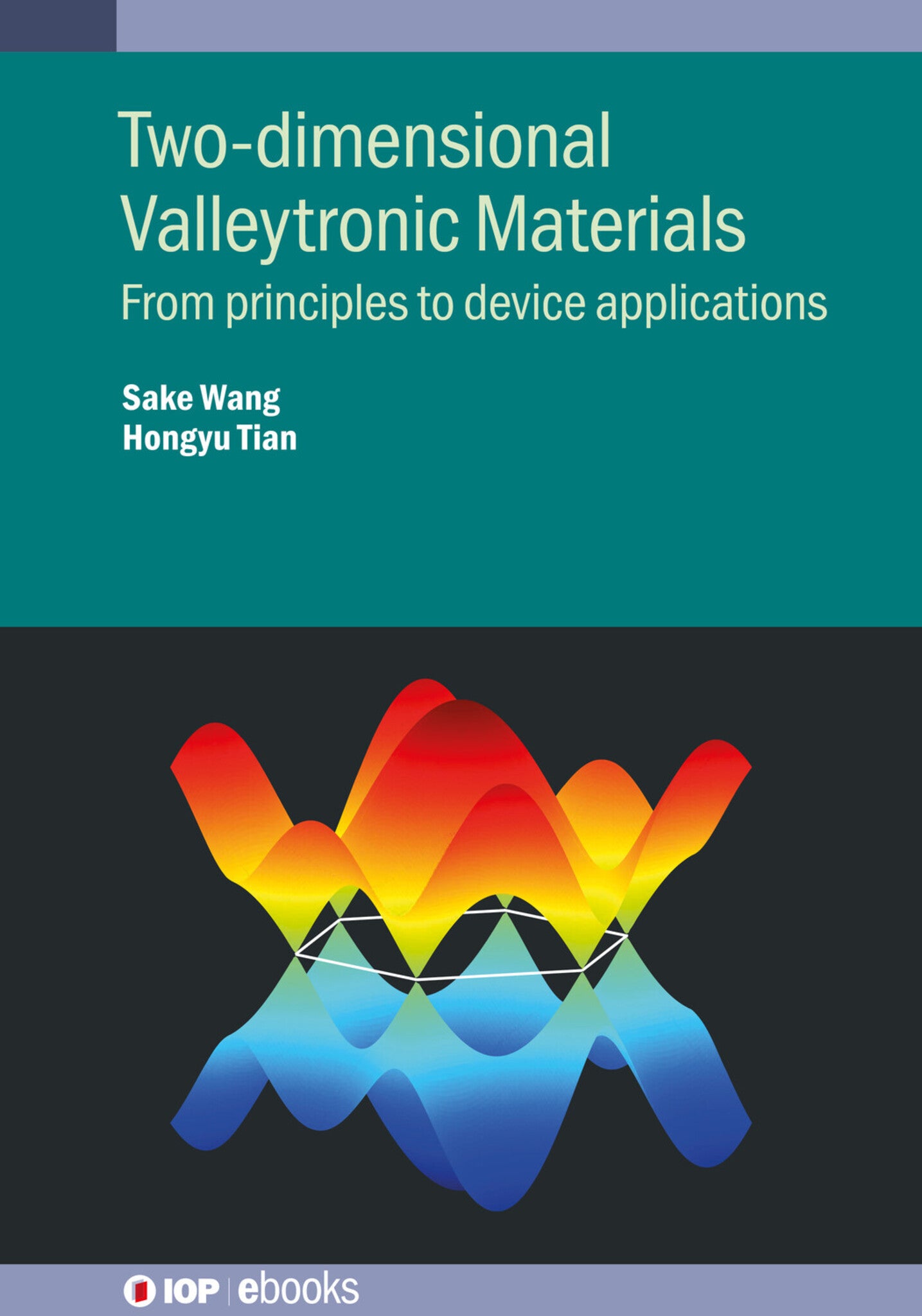We're sorry. An error has occurred
Please cancel or retry.
Two-dimensional Valleytronic Materials

Some error occured while loading the Quick View. Please close the Quick View and try reloading the page.
Couldn't load pickup availability
- Format:
-
07 May 2025

Valleytronics based on 2D materials is a brand-new field which is considered as the heart of next-generation semiconductor technology. Valleytronics focuses on the generation and detection of valley-polarized currents, as well as the design and fabrication of optical devices, which achieve circularly polarized light absorption and electroluminescence. This book aims to give an overview of the recent theoretical and experimental developments achieved in valleytronics based on various 2D materials. After some experimental progress at room temperature in manipulating the valley degree of freedom, valleytronics is considered superior to spintronics in the semiconductor industry. The book provides a useful reference for the growing community of researchers in the field of valleytronics, 2D materials and semiconductors. It will ignite the readers’ interest in valleytronics and push the field forward.
Key Features:
• The first complete monograph on the newly-emerging field valleytronics. • Contains up-to-date developments in theory and experiment. • Detailed book encompassing various fields in physics to induce valley polarization. • Provides a suitable reference for researchers in the still-developing field of valleytronics. • Describes the major challenges people faces to realize the practical application of the valley degree of freedom

TECHNOLOGY & ENGINEERING / Materials Science / Electronic Materials, Electronic devices and materials, TECHNOLOGY & ENGINEERING / Electronics / Semiconductors, TECHNOLOGY & ENGINEERING / Electronics / Optoelectronics, Electronics engineering, Electricity, electromagnetism and magnetism

Preface
Acknowledgments
Author biographies
List of symbols
List of abbreviations
1 Introduction to two-dimensional (2D) materials and valleytronics
2 Berry phase and valley Hall effect (VHE)
3 Strain effect on valley polarisation (VP)
4 Other valley filter and valve effects
5 Valley-polarized current in polycrystalline systems
6 Valley current in multilayer and twisted systems
7 Valley optoelectronics based on monolayer 2D materials
8 Valley optoelectronics based on vdW materials
Appendix A: The matrix elements of the graphene TB Hamiltonian
Appendix B: Hermite polynomials
Appendix C: The dipole vector of hexagonal systems



